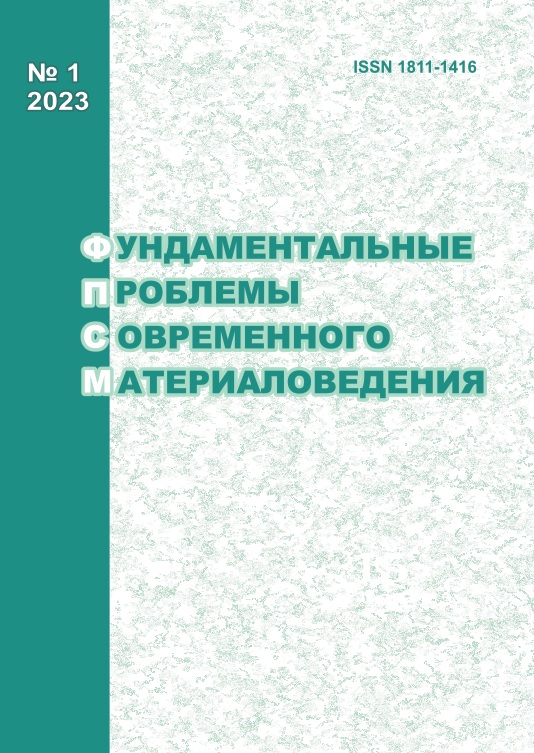ON THE POSSIBILITY OF APPLICATION OF MOLYBDENUM CARBIDE PRODUCED BY NON-VACUUM ELECTRIC ARC METHOD IN A HYDROGEN FUEL CELL
10.25712/ASTU.1811-1416.2023.01.009
Keywords:
arc plasma, non-vacuum method, molybdenum carbide, hydrogen fuel cellAbstract
This paper introduces the experimental results of powder materials synthesized by electric arc discharge plasma under ambient air condition. According to X-ray diffraction, the synthesized product contains several phases, such as graphite-like carbon phase, cubic molybdenum phase and two phases of molybdenum carbide Mo2C and Mo1.2C0.8. According to scanning electron microscopy results, the product identifies the micro-size and nanoscale components; the product consist from 52 ± 16 mass.% molybdenum, 36 ± 18 mass.% carbon, 4 ± 1 mass.% oxygen and less than 1 mass.% other chemical elements. Transmission electron microscopy data analysis shows the carbon component is represented by a graphene-like matrix into which particles of molybdenum and molybdenum carbide are embedded. In this work, the obtained molybdenum carbide powder was tested as a catalyst support for a hydrogen fuel cell.











 Journal «Fundamental’nye problemy sovremennogo materialovedenia / Basic Problems of Material Science»
Journal «Fundamental’nye problemy sovremennogo materialovedenia / Basic Problems of Material Science» This work is licensed under a
This work is licensed under a 
